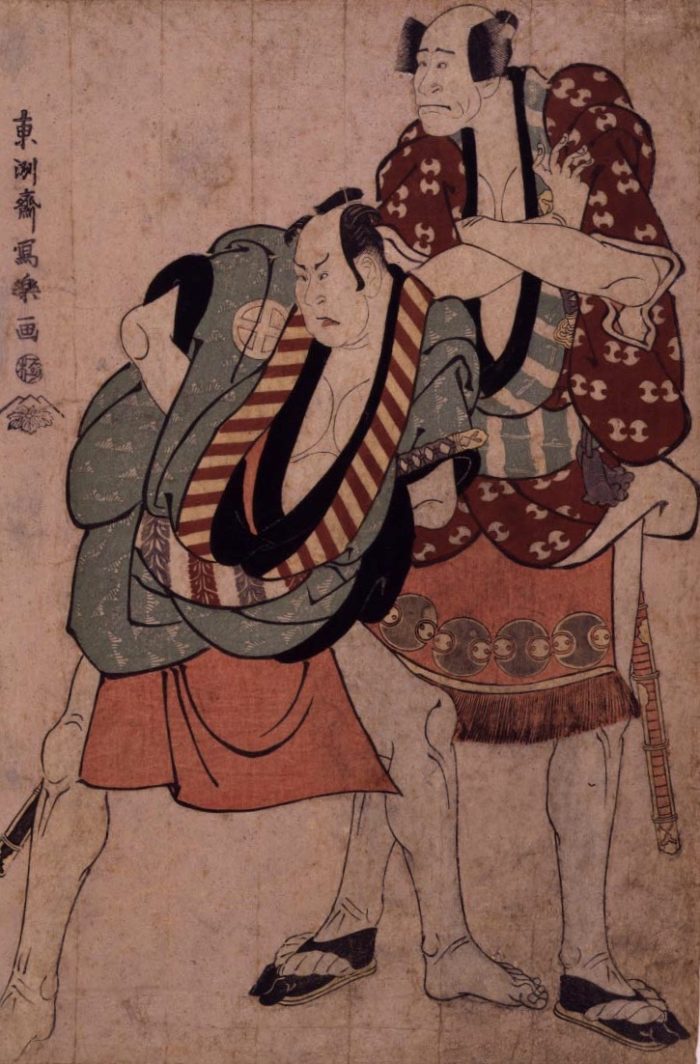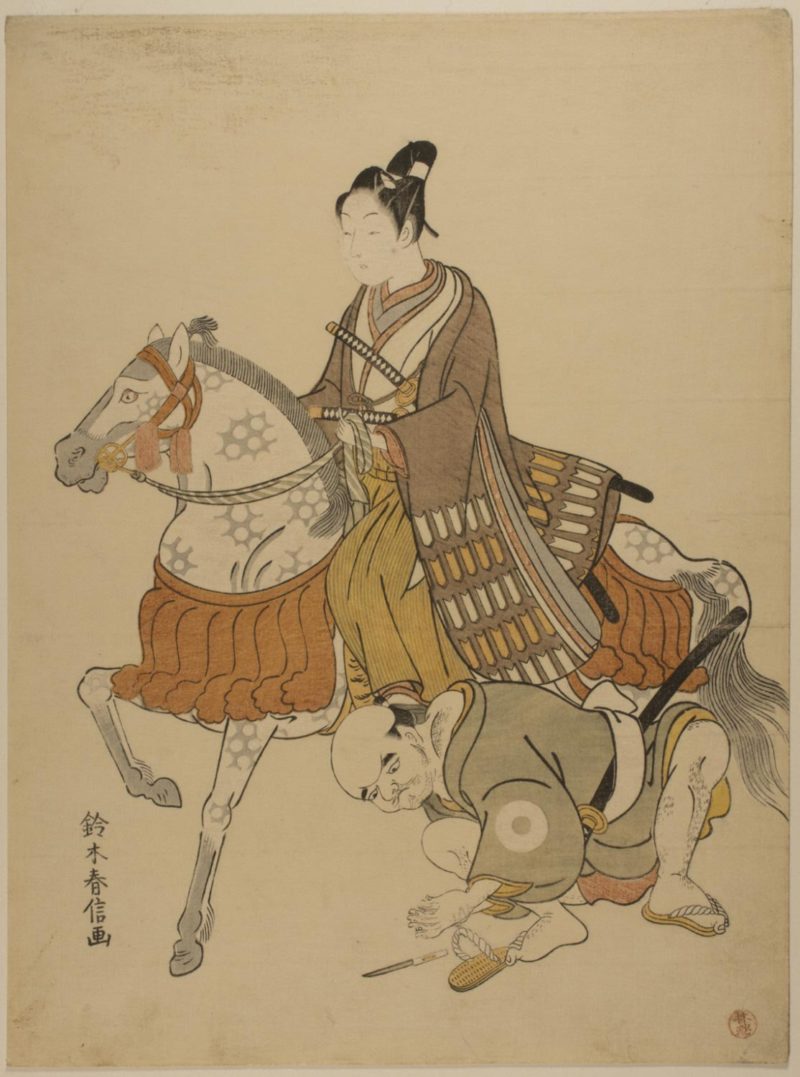There are formal and casual clothes. In some times, it was required as a rule rather than as common sense. Especially for the pre-modern upper class, such codes were very important. Rather than economic disparity, the difference in status became the difference in clothes.
In the Edo era, when modern kimonos were formed,dress rules were simplified, but there were still various codes.In the period, except for a small number of aristocrats, there are 4 status.samurai as the rulers, farmers , merchants mainly living in urban areas, small and medium-sized manufacturers&craftsmen.
Samurai’s formal outfit was consisted of an unlined kimono, Suo, a vest and a hakama like a skirt. This set was called Kamishimo. The material was hemp, not silk. This is a remnant of the commoner class before Samurai became a ruler on behalf of aristocrats.
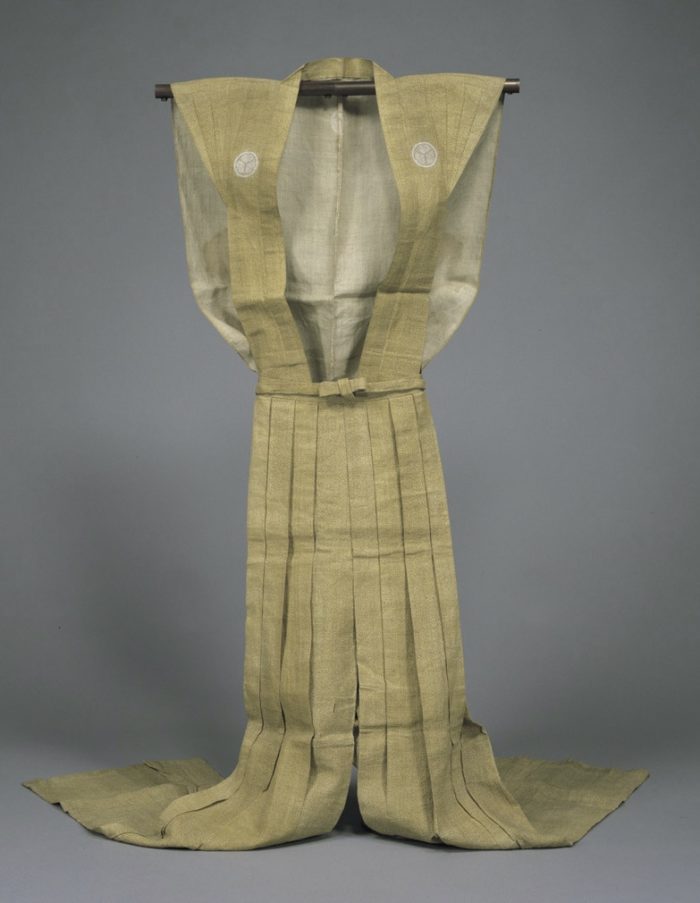
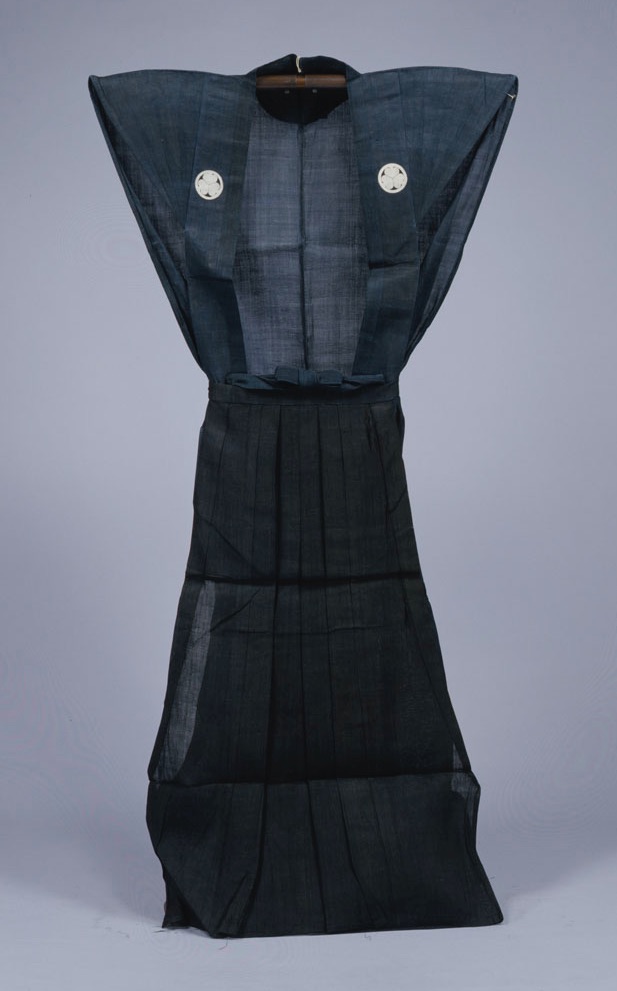
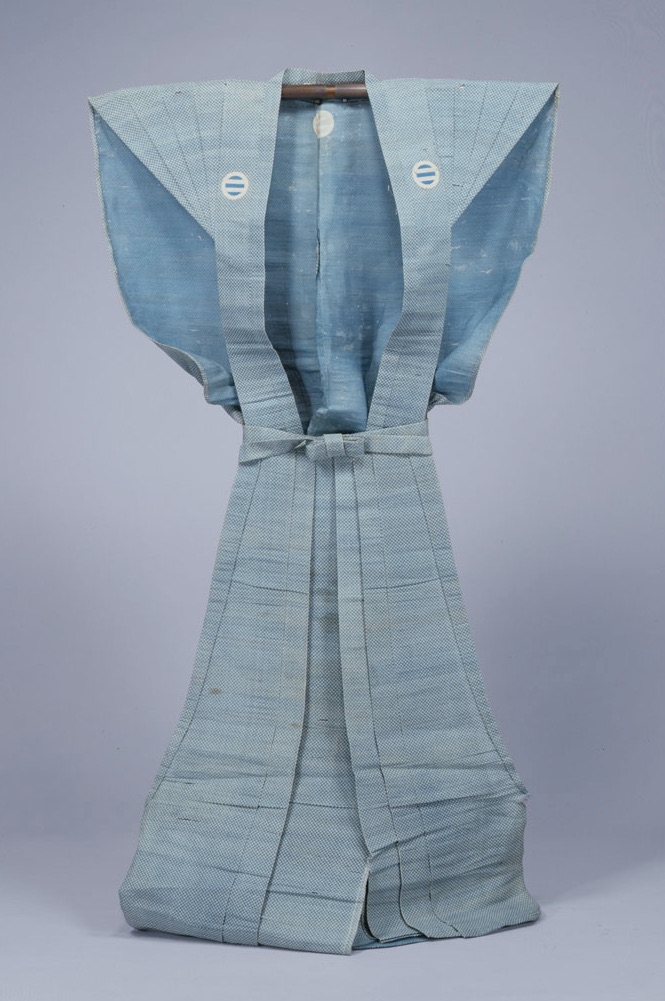

The samurai class was the largest consumer of kimono, including women. They wore various kimonos according to ceremonies, events and seasons.
The ukiyoe picture below shows young men and women in the samurai class staring at each other. When a man tries to tie a cord of Hakama, a woman reaches out to help. It can be seen that the two are unmarried because the hairstyle of men and the sleeve of women have long sleeves. Probably a farewell scene after a date.
In fact, this is an ukiyoe drawn for a calendar. The cherry blossoms in full bloom outside the window. If you read crests on the male kimono, you will find that it shows a specific year and month. Around this time, it became popular to exchange such ukiyoe calendars with one another among well-educated samurais and merchants. From then on, the painter, woodblock carver, and printing master shared the role of making a color-printed nishikie which are sold.

Suzuki Harunobu
The Ukiyoe picture below also depicts a young man and woman in the samurai class. The woman wearing a frisode holds pine, plum, shrimp, etc. on the tray. Behind the young man is a folding screen with a pair of cranes. The fact that they are lovers can be understood by the fact that the man gently handed a love letter to the woman.
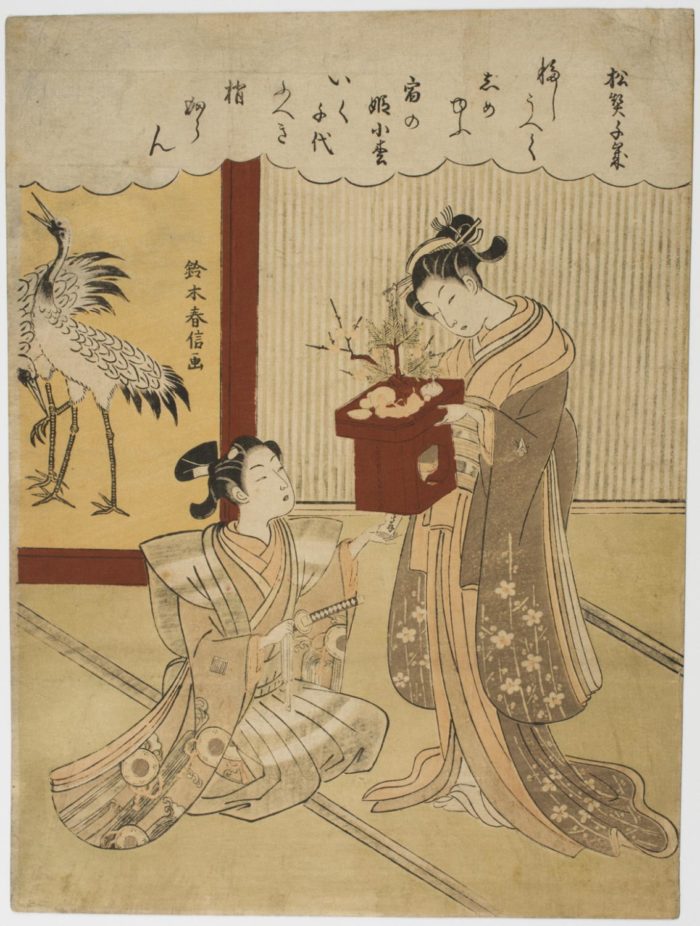
Suzuki Harunobu
There various classes in the samurai status. There were also servants who served them, and they were not samurai. The Ukiyoe picture below shows not only the difference in status but also the difference in clothes. A young samurai riding a horse wears a haori in a hakama. A servant man is dressed with bare feet. The samurai has two swords, while the servant has one.
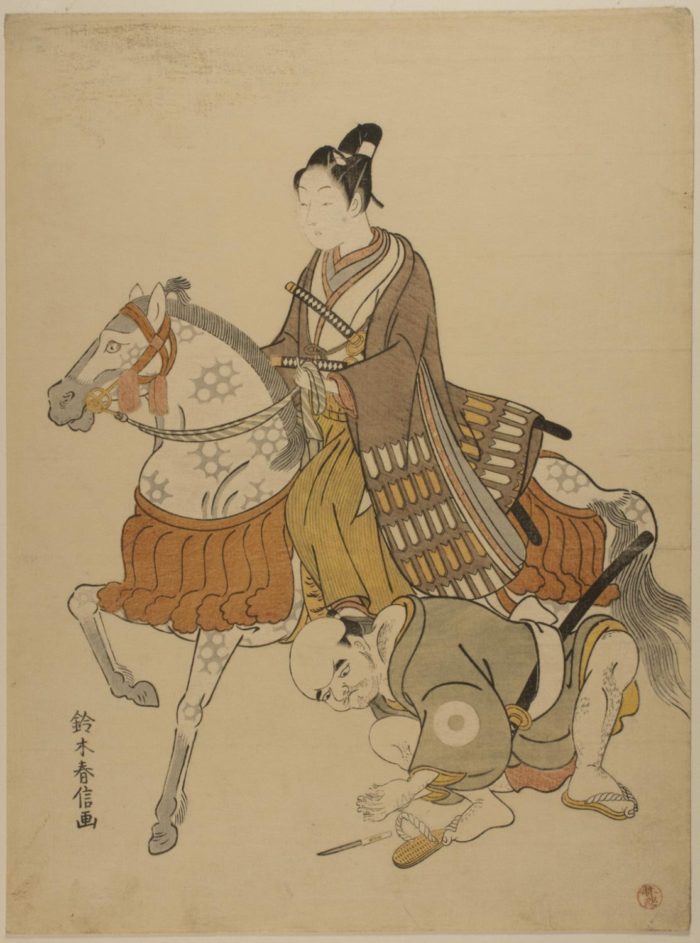
Suzuki Harunobu
The servants were often the second and third sons of farmers and townspeople. Their work were various such as carrying luggage when a samurai went out. When a daimyo as land lord and samurai regularly traveled between a local territory and Edo, a large number of servant works were needed, and they were hired temporarily. Below is an ukiyoe print of Sharaku Toushousai(18 c) depicting Kabuki actors who play servants.
